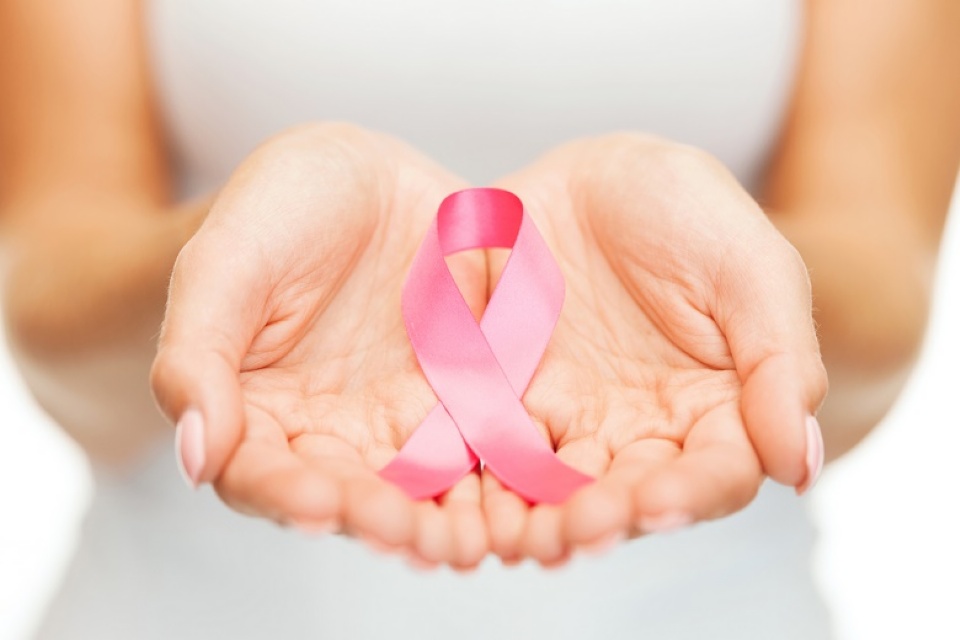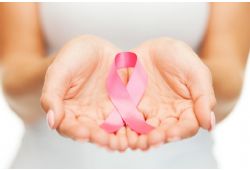One out
of nine Canadian women can suffer from breast cancer some time during her life.
Did you know that you could prevent this disease by adopting a healthier
lifestyle?
Some
numbers
- Breast cancer s the most common form of cancer affecting Canadian women. In 2008, it was estimated that 22,400 would be diagnosed with breast cancer and that 5,300 would die of it.
- It was also estimated that 170 men would be diagnosed with breast cancer and that 50 would die of it.
- On average, 431 Canadian women will be diagnosed with breast cancer every week.
- One in 9 women is expected to develop breast cancer during their lifetime and one in 29 will die of it.
- Breast cancer death rates have declined in every age group since at least the mid 1980s.
- The incidence and mortality rates of breast cancer have decreased steadily since 1969 in women between 20 and 39 years old.
Most of the time, breast cancer appears as a painless lump in the breast or armpit. According to the Canadian cancer society, other symptoms might include;
- Lump or swelling in the armpit
- Changes in breast size or shape
- Dimpling or puckering of the skin – thickening and dimpling skin is sometimes called orange peel
- Redness, swelling and increased warmth in the affected breast
- Inverted nipple – nipple turns inwards
- Crusting or scaling on the nipple
Breast self-examination
It is recommended to all women to do a breast self-exam every month. It can be done in the shower, in bed or in front of a mirror. What’s important is to get to know your breasts to detect any changes.
Clinical breast exam
Even if we know our breasts, a doctor should examine them once a year to notice symptoms that we could have overlooked. Since you should have a gynaecological exam every year, you kill two birds with one stone!
Mammography
Mammograms are an effective way to detect breast cancer early. Québec Breast Cancer Screening Program (PQDCS) was created with women aged between 50 and 69 years old in mind but doctors recommend doing this exam every two years from 40 years old. The presence of breast cancer in the immediate family should be an incentive to have mammograms regularly since hereditary factors are known to increase the risks.
Breastfeeding
If breastfeeding is good for your baby, it is also good for you since it contributes to protect you against breast cancer.
Diet and weight
In general, a good diet is the key to good health and it is also one of the main recommendations to prevent breast cancer. Because the risk of developing cancer is higher in overweight women, avoid fat foods and add fibres, fruits and vegetables to your plate. Canada’s food guide will provide all necessary information to put your diet back on the right track!
Exercises
Thirty minutes of daily physical activity is also important to maintain a good health. So, walk to the supermarket, run after your children, dance when you cook dinner, go downstairs a few times, mow the lawn at a good speed, etc. The important thing is to move often!
Tobacco and alcohol
There is no good side to smoking. There are only bad sides and one of those is that it increases the risks of breast cancer. Your doctor can help you find the best method to quit smoking. It is also important to limit your alcohol intake as much as possible. The more you drink, the higher the risks.
Stress
Don’t forget your emotional and psychological health! Try to limit stress and pamper yourself, share housework and stop running.
For more information about prevention, symptoms, diagnosis and possible treatments for breast cancer, consult the following websites;

 In The Latest Issue:
In The Latest Issue:



 BY:
BY: 

Tweet
Share